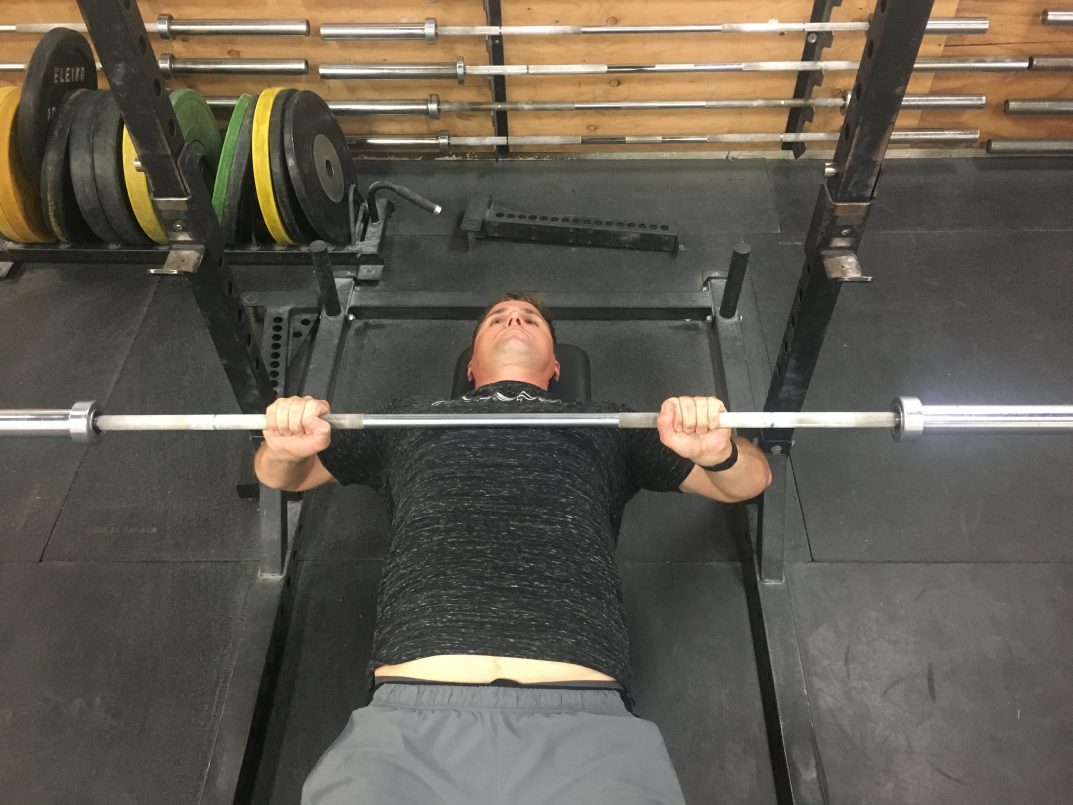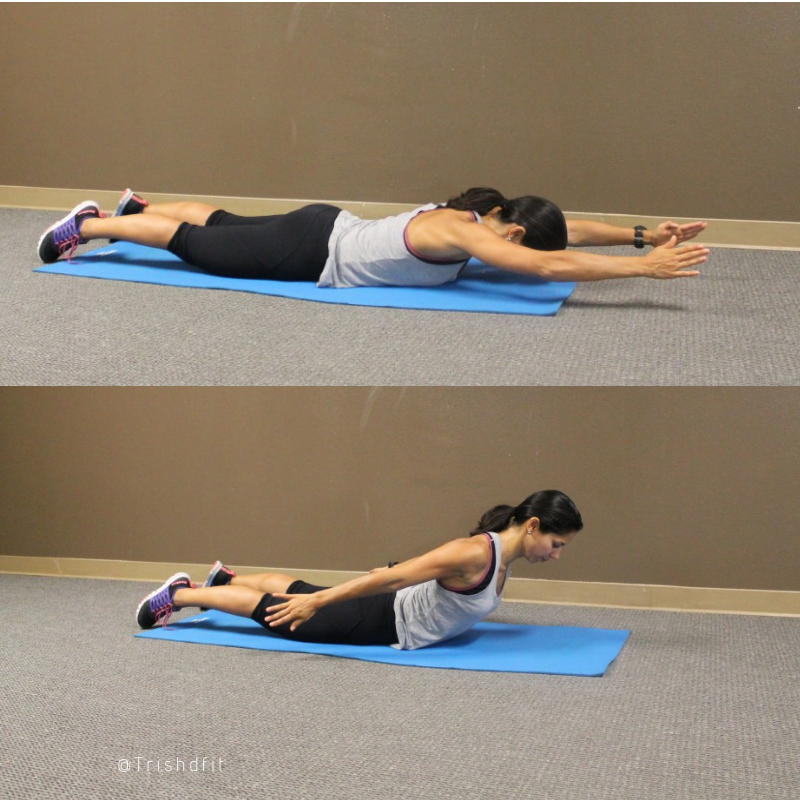While corrective exercises aren’t sexy, they are fundamental for safe overhead lifting. I didn’t know anything about these types of exercises when I started weight training, and if I did, I probably wouldn’t have hurt my shoulders!
- If you aren’t ready to overhead press, you’ll want to do these exercises regularly as part of your warm-up and recovery routine. Every. Single. Time. At least until you start seeing improvements (Take the test)
- If you are cleared to press overhead, then select at least one of these exercises to include in your warm-ups as part of your maintenance mobility work.
- You can and should include one of these as “filler” exercises between lifts, too. Just pick which exercise you may need most that won’t exhaust you between sets. It’s a clever way to manage your time in the gym without having to spend half the session on warm-up and mobility work.
Your Top Four Priority Exercises
We learned in THIS blog post that there are four mobility requirements for safe overhead pressing, which is exactly what we tackle here. My BarbellSTRONG coaching members get mobility work like this too (Click here to learn more).
Pilates Breast Stroke
- Start face down on a mat with neutral spine and feet pressing into the floor, hands up by your shoulders and forearms on the floor (not shown here)
- Brace your abdominals on the inhale (don’t move yet!)
- As you exhale, reach arms forward creating a long line from head to toe
- Inhale and circle your arms out to the side toward your hips while simultaneously extending your spine forward and lifting the chest off the floor into a hover position.
- Imagine you are opening up your collarbone rather than pulling your head back.
- Maintain your gaze directly in front of you to avoid lifting the chin and extending the neck
- Repeat 8-10x
- You should NOT feel anything in your low back. If you do you’re either extending from the wrong place or you’ve kicked your legs up. Keep the extension around the mid-back and your legs down.
Book Openers
- Start with your knees slightly bent, hips, shoulders, and legs stacked. You can and probably should prop a towel or pillow under your head to keep everything in alignment (I regrettably did not in this photo)
- Inhale and open the top arm up as you twist in the other direction
- As you twist, the hips and feet shouldn’t move! It’s a rotation of the torso only!
- Allow your gaze to follow that top arm as it opens
- Your goal one day is to get that opposite shoulder completely down on the floor during the twist without any compensations.
- Inhale to close it back up
- Repeat 8-10x per side
T-Spine mobilization & lat stretch
Strength coach Eric Cressey is the king of shoulders, so of course I had to share this video with you! This is the ideal mobility drill before you do any form of bench press (which is considered an overhead lift). The video is brief and he explains exactly what mistakes to avoid when doing this.
Bird Dog with Band
This progression from a bodyweight bird dog creates the lumbo-pelvic control and shoulder/core stability necessary to safely press overhead. You can see that I self-correct my movement pattern in this video.
- Place a band around the foot and assume the quadruped position.
- As one leg reaches back, the opposite arm extends forward while pulling the band
- Make sure the hips stay squared down towards the floor
- Avoid hyperextension of the low back or sinking into your shoulders
- Establish core control by actively pulling your stomach towards your back
- Repeat 8x per/side with a light to medium band
Bottoms Up Baby Turkish Get-up or Turkish Get-up (advanced)
I stole this one from Tony Gentilcore and Andrew Millet, DPT and I love it for two reasons:
- The baby TGU is easy enough to teach to coach or learn for any newbie
- Most exercises in the bottoms up position is usually very revealing and beneficial in helping establish some stability
The Turkish Get-up is my favorite exercise personally, but I wouldn’t use that right out the gate with a client. If you know how to do it, do it at the beginning of your workout with a lighter kettlebell than your 1-RM (we’re not testing for strength here).
These exercises are phenomenal for just about every one, so don’t discount them for how “easy” they may feel. Even now I still use these exercises or drills depending on what I’m focused on in my workout.



